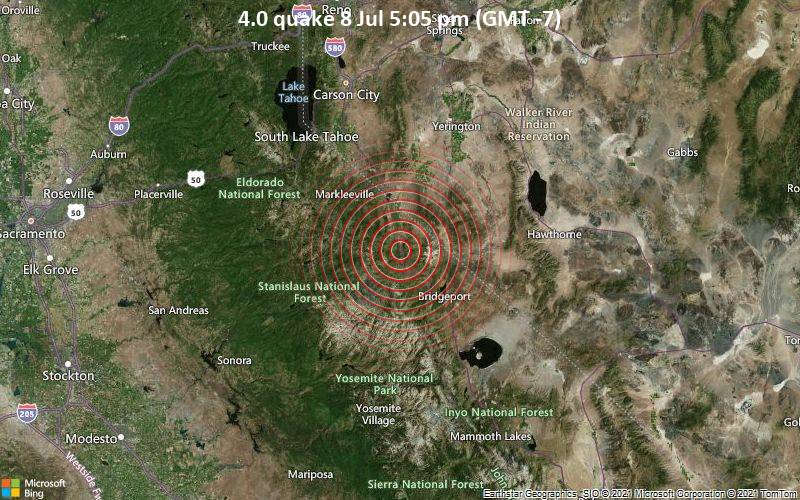

The trick is the remarkable sensitivity of modern seismometers, which pick up all manner of rattles and roars-the crash of ocean waves, the rumble of automobile traffic, and perhaps even the occasional boisterous crowd. We just haven’t been able to see them before,” says Susan Hough of the USGS, who was not on the study team. “It’s not surprising that teeny tiny earthquakes are popping off all the time. That idea was first proposed in the mid 1900s by seismologists Charles Francis Richter-of the Richter magnitude scale-and Beno Gutenberg, who observed that earthquake frequency increases by roughly 10 times with each unit decrease in quake magnitude.

It's also not exactly news that little earthquakes are much more common than big ones. These built-up tensions are occasionally released in ground-rattling quakes.

The region is locked in a slow-motion tectonic collision, as the Pacific plate grinds its northwesterly path against the North American plate. A powerful ideaĮarthquakes in California are not uncommon. Geological Survey, who was not involved with the work. “It’s kind of like having a better telescope to see stars and planets in space more clearly sharpening our view of the Earth, in this case,” adds David Shelly of the U.S. Since large earthquakes are rare, cataloging the tiniest of quakes provides the researchers with a vast untapped dataset that will now allow them to dig deeper and better study the patterns and relationships between events. “With seismology, we pretty much have to sit around and wait for events to occur in order to collect data,” says study author Zachary Ross of the California Institute of Technology. But this updated earthquake catalog, the most complete yet compiled, promises to help scientists better understand the basic physics behind earthquakes big and small. Of course, the vast majority of these quakes are so weak they are imperceptible to humans. That's an order of magnitude more than previously documented, with an earthquake striking roughly every three minutes. This estimate comes from a new study, published today in Science, that dug through seismic data between 20 and found that Southern California experienced a startling 1.81 million temblors during that decade. By the time you finish reading this article, two earthquakes will likely have rippled through Southern California.


 0 kommentar(er)
0 kommentar(er)
